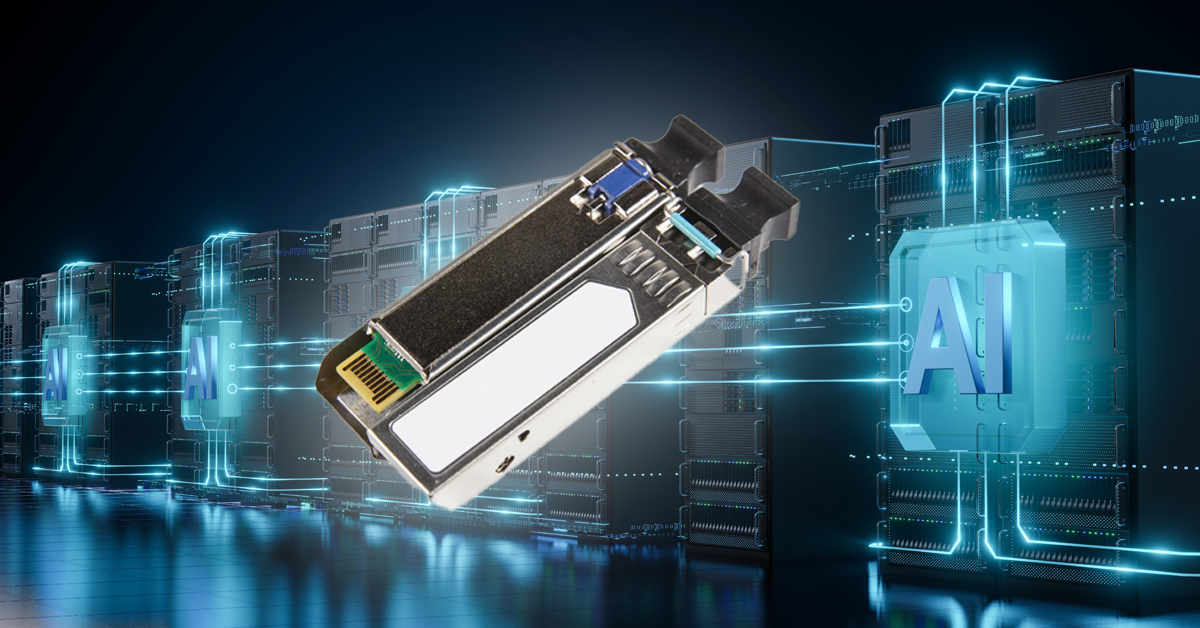Anatomy of a 1.6Tb Module

“Engineering Marvels” Support AI and High-Performance Computing Workloads
Since the early days of optical modules like 300pin MSA and the first 10G XFPs, VIAVI has led innovation and applications to support the transceiver ecosystem. From module developers through validation, and vendor selection to integration – we have had the right applications and accessories to accelerate the ecosystem.
Each speed increase has led to new challenges. We have seen gearboxes and CMIS module management, PAM-4 and coherent modulation – all adding complexity and driving new test and validation needs.
The latest generation of 1.6Tb modules are just appearing in the ecosystem, and to understand the new challenges ahead, let’s first take a peek inside these marvels of optical, electronics, firmware, thermal and mechanical engineering.
FECi Creates New Challenges
A 1.6Tb module would already be demanding enough with the move to a 224G PAM4 interface on the electrical side and 200G/lambda optics. But now we have the additional challenge of a new IEEE 802.3 dj feature – the inner FEC.
Often referred to as FECi, the inner FEC is a new additional functional block that will be integrated into the latest generation of PHY DSP to support the addition link challenges at 200G/lambda.
This FECi block needs firmware to manage and monitor operation, as well as the classic R&D tasks of operation and validation.
Density and Thermal Complications
Initial 1.6Tb optical modules based on OSFP-1600 are already extremely demanding in terms of integration and thermal management, and as the ecosystem moves to denser solutions like QSFP-DD1600, the challenges will increase.
Module anatomy plays a key role in building out a structured approach to test and measurement, and in a future Blog we will cover how VIAVI offers coverage for all the test and measurement challenges – from research & development, through validation and production.
VIAVI Can Help!
To learn more about our comprehensive and integrated approach to 1.6Tb module testing and validation, read our related blog: What’s all this FECi Stuff?, visit VIAVISolutions.com or speak to our VIAVI applications team – and be on the lookout for additional blogs in our 1.6Tb testing and validation series.





